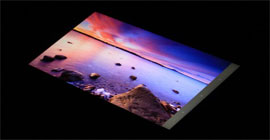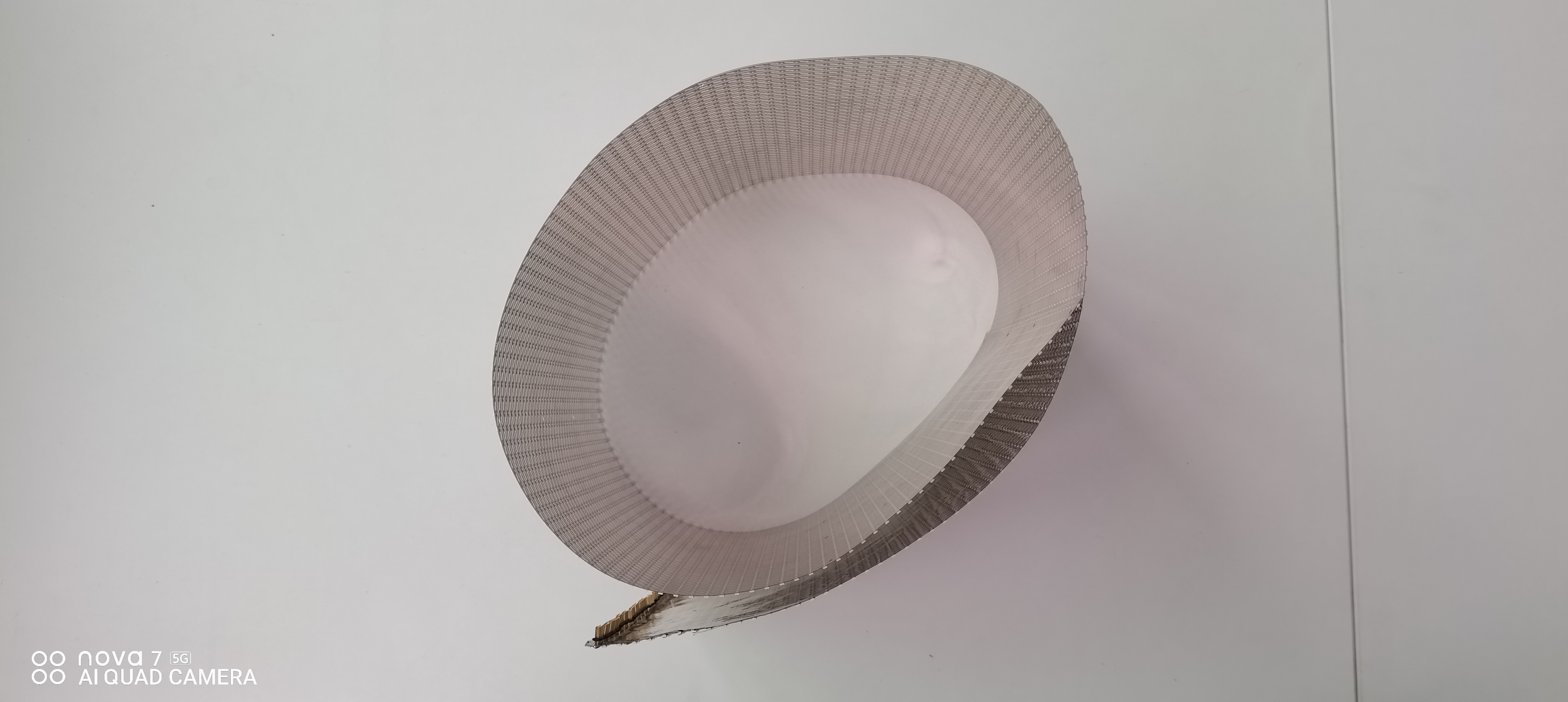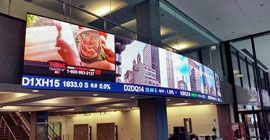Starting in 1998, after five years, with the efforts of the LED Digital Display Panel Committee (now the LED Digital Display Branch of China Photonics Association), the industry standard of "Test Method for LED Display Screen" (hereinafter referred to as "Standard") will be released and implemented soon.
In order to better implement the standards, the following suggestions are put forward.
In the Industry Standard, there is no clear characteristic requirement for the important performance of "maximum brightness", which is in line with GB/T1.2-2002. In Part 2 of the Guidelines for Standardization Work: Method for Determining the Contents of Normative Technical Elements in Standards, 5.4.3, the value determined by the supplier, refers to: "If diversification of products is allowed, certain characteristic values of products need not be specified (although these characteristics have a significant impact on the performance of products)". In order to guide users to correctly understand the performance index of "maximum brightness" of LED display screen, it is necessary for the industry to give a guide: in some cases, in the use of different illumination environment, the brightness of LED display screen can reach a certain value to meet the requirements.
By changing the index of primary color principal wavelength error from "primary color wavelength error" to "primary color principal wavelength error", it can be more explained that this index reflects the characteristics of LED display screen. The main wavelength of color corresponds to the hue of the color observed by the human eye, which is a psychological quantity and an attribute of color discrimination. As for the performance requirements stipulated in this industry standard, users can not literally understand that it is an indicator reflecting the color uniformity of LED display screen. For users, as long as you ensure that the color of the LED display screen is uniform, regardless of what technical means you use to achieve it, leaving as much room for technological development as possible, this will greatly benefit the development of the industry.
Duty cycle is purely a requirement of design technology and should not be used as a performance indicator of the product standard of LED display; obviously, users do not care much about the driving duty ratio of the display screen. They care about the effect of the display screen, not the technical implementation.
From the measurement method of the Standard, it seems that the problems that users really care about are neglected. It also fails to take into account the differences in driving IC, driving circuit and mode used by various manufacturers, which makes testing difficult. For example, Shenzhen Stadium full-color screen bidding, in the sample testing of experts, the test of this index brings many problems. "Refresh Frequency" is the reciprocal of the time required to display a picture. The display screen is regarded as a light source, that is, the flicker frequency of the light source. We can directly test the flicker frequency of the light source of the display screen with an instrument similar to the "photosensitive frequency meter" to reflect this index.





